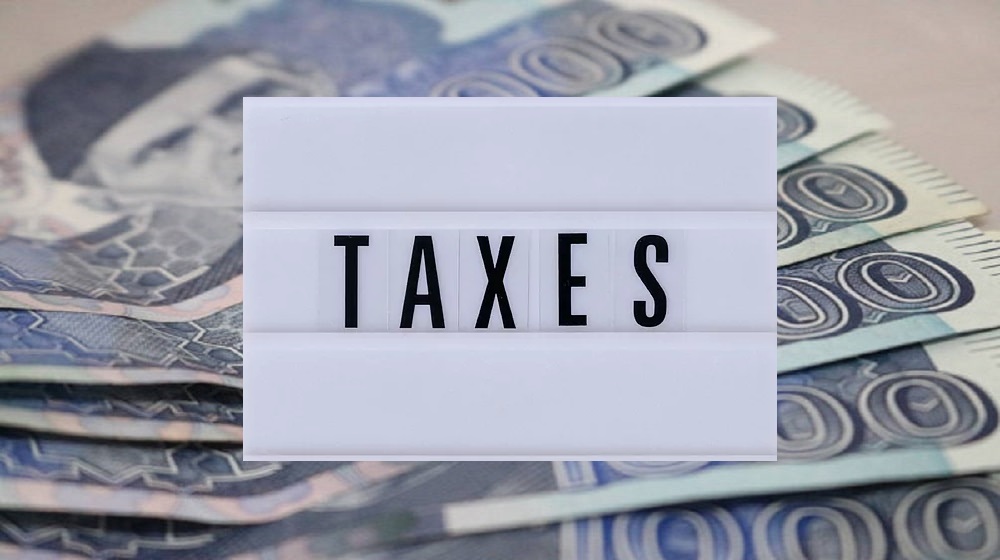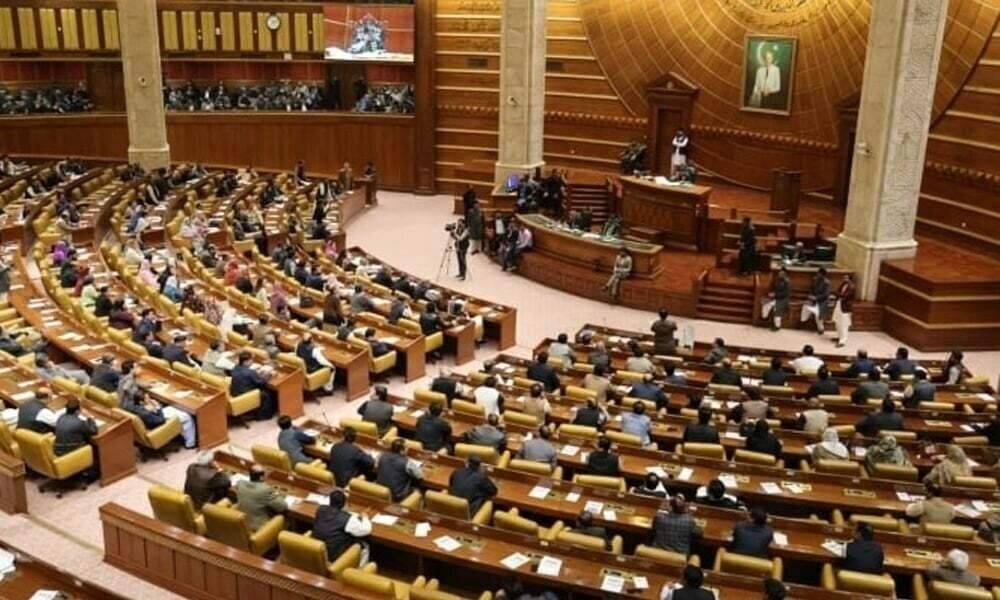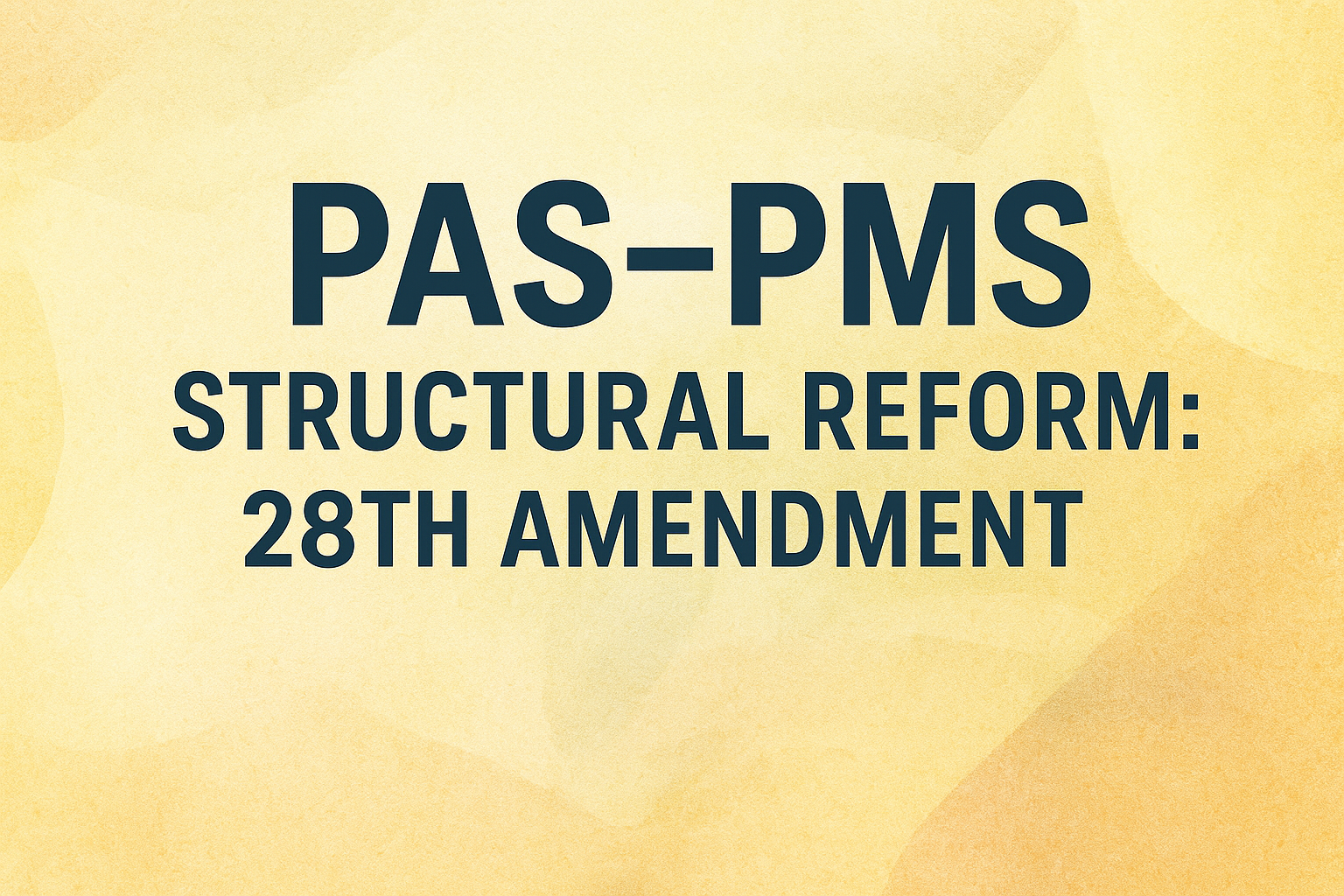Zafar Iqbal
In the realm of fiscal policy, the method and structure of tax collection play a pivotal role in shaping the economic landscape of a country. While tax collection is undoubtedly important for funding public services and infrastructure, the approach to taxation can have far-reaching consequences on economic growth and the overall well-being of the population. One of the key aspects under scrutiny is the balance between regressive and progressive economic approaches for revenue collection and economic development.
A regressive approach to tax collection refers to a system in which the tax burden falls disproportionately on low-income individuals or households. This is often the case when indirect taxes, such as sales taxes or VAT, form a substantial portion of the revenue collection mechanism. These taxes tend to have a more significant impact on individuals with lower incomes, as they contribute a larger proportion of their disposable income towards these levies compared to higher-income groups. Consequently, a regressive tax system can exacerbate income inequality and hinder the financial well-being of vulnerable populations.
Conversely, a progressive approach to tax collection involves a system where the tax burden is distributed more equitably based on individuals’ ability to pay. Progressive taxation often takes the form of higher tax rates for individuals with higher incomes, thereby ensuring a more proportional allocation of the tax burden. This approach is generally viewed as a means to promote social equity and reduce income disparities within society.
However, beyond the immediate considerations of fairness and equity, the choice between regressive and progressive tax approaches has profound implications for economic growth and productivity. A regressive tax structure, by placing a heavier burden on lower-income groups, may dampen consumer spending and reduce overall demand in the economy. This can impede economic growth by restraining consumption, which is a significant driver of economic activity.
Moreover, regressive taxation can also hinder investment and entrepreneurship, particularly among small and medium-sized enterprises. The higher relative tax burden placed on lower-income individuals may limit their capacity to allocate resources towards savings or investment, thereby constraining the capital available for investment and productive endeavors. In contrast, a progressive tax system that seeks to distribute the tax burden more equitably can potentially stimulate consumption and investment, thereby fostering a more robust economic environment.
Furthermore, the impact of taxation on productivity cannot be overlooked. By incentivizing or disincentivizing various economic activities, the tax structure can influence the efficiency and dynamism of the economy. A regressive tax system that hampers consumption and investment may hinder productivity growth, whereas a progressive tax system that allows for greater reinvestment of resources into productive ventures can bolster overall economic performance.
Pl watch the video and subscribe to the channel
In light of these considerations, it is crucial to carefully evaluate the implications of the chosen tax collection approach on both revenue generation and economic vitality. Striking a balance between the imperative of revenue collection and the imperative of fostering economic growth and productivity is essential. This calls for a nuanced approach to tax policy, one that acknowledges the intricacies of the economic ecosystem and seeks to optimize the benefits of taxation while mitigating its potential drawbacks.
In conclusion, the collection of taxes is an indispensable component of fiscal policy, providing the necessary resources for governments to fulfill their obligations to society. However, the approach to tax collection is far from a mere technicality; it is a decision with profound ramifications for economic equity, growth, and productivity. By carefully weighing the trade-offs between regressive and progressive tax structures and tailoring tax policies to align with broader economic objectives, nations can strive to harness the potential of taxation as a tool for both fiscal sustainability and economic dynamism.
The federal budget, set to take effect in the next few days, continues to follow a pro-cyclical policy approach. This means that as the economy remains stuck in a low growth phase, overall taxes are being increased, especially through indirect taxation, which impacts low-income groups the most. The urgency of this situation cannot be overstated, and immediate action is required to prevent further economic downturn.
Stagnant growth leads to a lack of job opportunities, particularly in a country with a significant youth population. The increase in taxes not only hampers economic growth by reducing both consumption and investment expenditure, but also drives up inflation by raising production costs.
Furthermore, the increase in taxes not only hinders growth but also reduces prospects for higher tax collection. This is because a lack of investment leads to fewer imports, which in turn decreases revenues from import duties.
As a result, achieving a higher tax-to-GDP ratio may be quite challenging, even if the tax base is significantly broadened and compliance with indirect tax collection is improved, particularly in terms of sales tax.
Both an increase in direct taxes and an expansion of the sectors covered may result in little tax revenue due to the diminishing impact of taxes applied in a pro-cyclical way. During periods of stagnant economic growth, the economy needs lower taxes to boost growth, increase revenue, and, in turn, the tax-to-GDP ratio.
Moreover, a lack of domestic resource mobilization, which refers to the process of generating funds from within the country for investment and development, would lead to less public investment. This makes it harder for the private sector to invest due to the high cost of doing business. This cost includes the cost of capital, which is unlikely to decrease as a result of a pro-cyclical policy approach being perpetuated budget after budget.
To address these challenges, the federal budget should adopt counter-cyclical policies. Counter-cyclical policies involve reducing direct and indirect tax rates, removing the petroleum levy, and implementing non-neoliberal institutional and market reforms, especially in the energy and state-owned enterprise sectors. These measures can help fill revenue shortfalls during the short-to-medium term and lay the groundwork for higher growth, exports, and revenues. Counter-cyclical policies are designed to mitigate the negative effects of economic downturns by reducing taxes and increasing government spending, thereby stimulating economic growth.
Additionally, counter-cyclical policies can lead to sustainable and significant improvement in the tax-to-GDP ratio by reducing taxes during periods of stagnant or low growth and expanding the tax base. This potential for improvement should instill a sense of hope and motivation for the necessary changes.
The continuation of pro-cyclical policies in the announced federal budget, and their negative impact on economic growth and likely revenue decline, may lead to increased debt distress. This is because a lack of income from domestic production and exports reduces the capacity to repay domestic and external debt, both of which are already at alarmingly high levels. The gravity of this situation should be a cause for concern and a catalyst for change.
The significant increase in tax rates on exports is also likely to severely dent export revenues, further hampering the economy. This lower growth may push more people below the poverty line, while a lack of meaningful revenue increase limits the government’s ability to fund necessary development and welfare expenditures, especially for those below the poverty line.
Overall, an overemphasis on austerity-based policies, such as maintaining a higher than necessary policy rate and a requirement to maintain a primary surplus, reduces fiscal space due to lower growth and a potential decrease in development expenditure. This is particularly challenging because it is difficult to curtail current expenditure significantly amidst high inflation and substantial debt repayment needs. The high proportion of current expenditures earmarked for debt repayment in the current budget further highlights the impact of overboard monetary austerity being practiced over the years.















